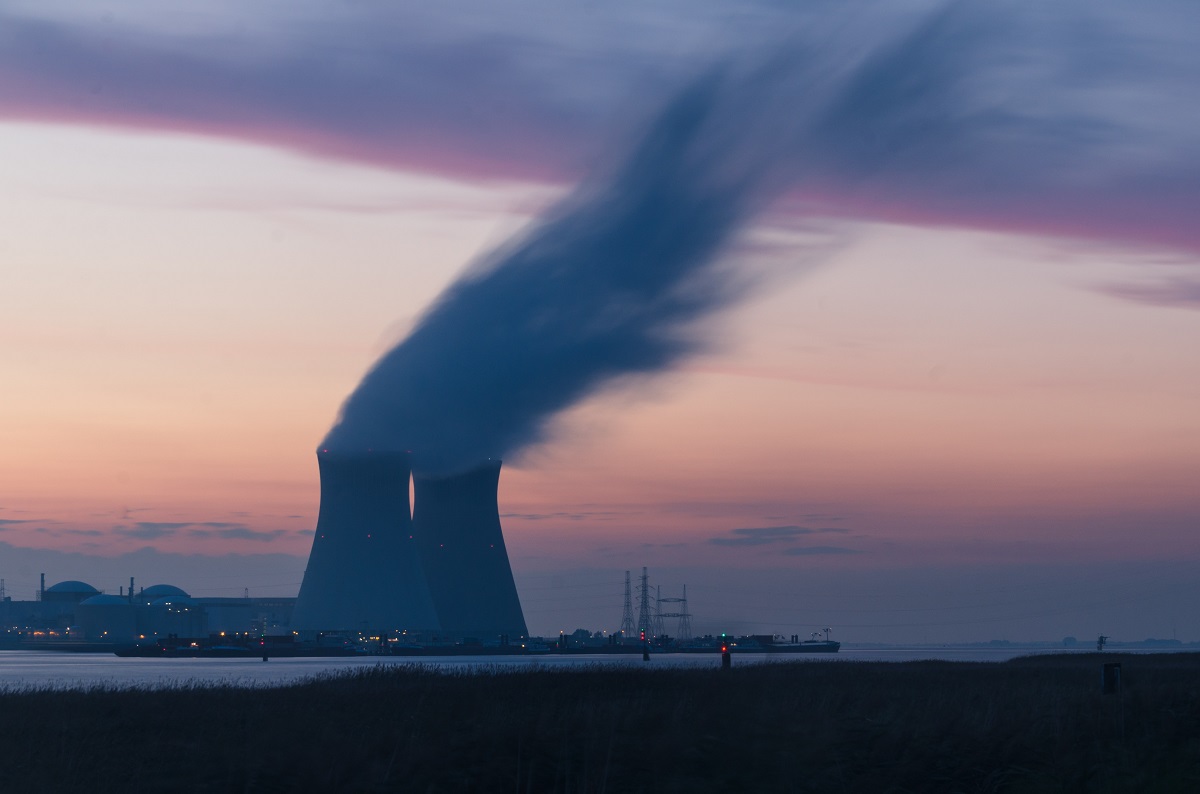While many countries, including Germany, which pledged back in 2011 to shut down all of its nuclear power plants by this year, continue to oppose nuclear power because of the disproportionate risk posed by a nuclear meltdown, many other countries are re-embracing the technology as an unfairly demonized and relatively safe clean energy alternative to fossil fuels, oilprice.com writes.
While the aforementioned nuclear tragedies have left a lasting impression on public awareness, such nuclear disasters are very rare, and nuclear energy has been shown to save lives on a global scale.
As a result of these considerations, nuclear energy is once again being considered by a number of nations, including China, India, and the United States, all of which have lately said publicly that they support the expansion of their nuclear energy sectors in the future years.
“Investments in nuclear are likely to reach $45 billion in 2022 and $46 billion in 2023, up from $44 billion in 2021, with 52 reactors now under construction in 19 countries across the globe,” according to a Rystad Energy report.
While the arguments in favor of nuclear energy are gaining more and more momentum, one of the most compelling arguments against nuclear energy has received very little attention on the international scene. However, although it is true that the perils of a nuclear meltdown have been grossly exaggerated, the dangers and impracticality of used nuclear fuel have been understated, if anything.
It is well noted in the Financial Times that “no one has yet provided a satisfying response to the issue of what to do with thousands of metric tons of high-level nuclear waste, some of which may stay radioactive and hence fatal for up to 300,000 years.”
At the moment, it is believed that 250,000 metric tons of spent nuclear fuel is being held in storage in 14 countries, with the most of it being held in cooling pools at closed nuclear power plants as a temporary solution until someone, anybody, can figure out what to do with it. Additionally, in addition to being toxic, all of this rubbish is, quite simply, a huge pain in the rear end. Finding locations that are willing to store this kind of garbage is not a simple process, and it often comes at a high cost. The cleanup of the Sellafield nuclear power station in the United Kingdom is projected to take more than 100 years and will cost more than £90 billion (USD 122 billion).
It is worth noting that spent nuclear fuel storage costs $7.5 billion in the United States, which is a payment that has been paid by the taxpayers in 2019.
Nuclear energy continues to be a promising component of the transition away from fossil fuels. Finally, climate change is a considerably larger concern than nuclear waste, and it must be addressed immediately. However, if the world wants to increase its nuclear energy output, nuclear waste storage will have to become significantly more convenient, less expensive, and more streamlined. So why is it still so conspicuously lacking from discussions on nuclear policy, asks the author Haley Zaremba in the article for oilprice.com?

